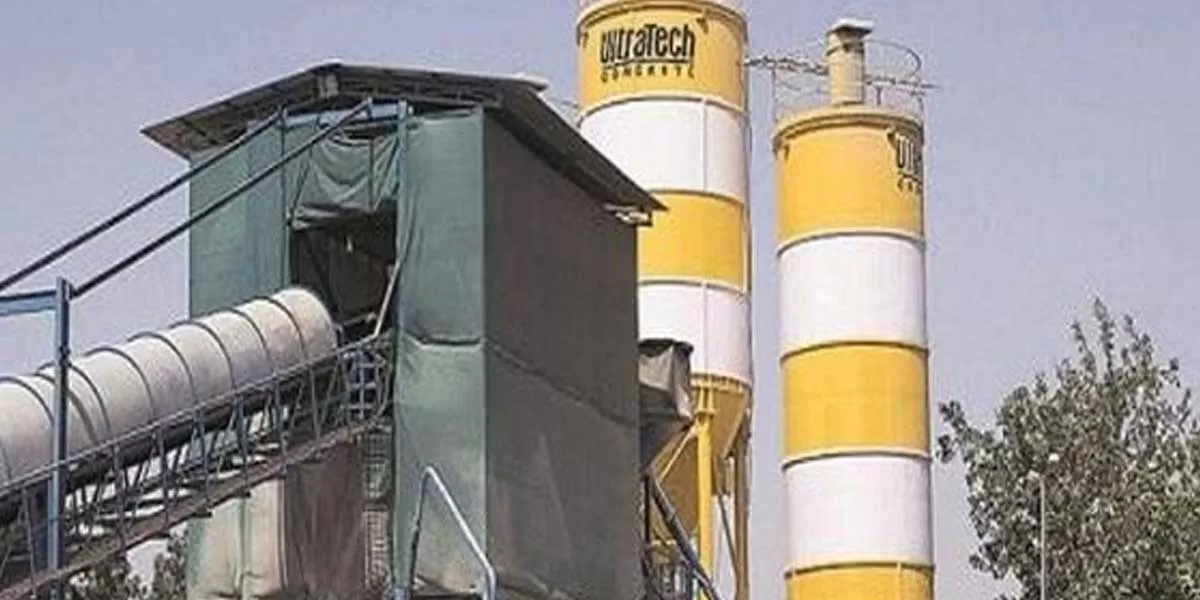India's cement sector is set for further consolidation in the near-to-medium term, according to a recent report. With increasing competition, rising input costs, and the need for economies of scale, companies are expected to explore mergers and acquisitions (M&A) to strengthen their market positions. As the industry faces various challenges, including high energy costs and fluctuating demand, consolidation is viewed as a strategic move to drive growth and sustainability.
Key Points:
Market Consolidation: The Indian cement industry has already witnessed significant consolidation over the past few years, with several large firms acquiring smaller players to enhance their market share. The trend is expected to continue, driven by the need to optimize operations, cut costs, and gain better pricing power. Consolidation helps companies to expand their geographic reach and strengthen their portfolios.
Rising Costs and Challenges: One of the primary drivers of consolidation is the rising cost of inputs, particularly energy and raw materials. With costs of coal and petroleum coke (key energy sources for cement production) soaring, companies are looking for ways to maintain profitability. Smaller and medium-sized players, in particular, find it challenging to cope with these rising costs, making them more likely targets for acquisition by larger companies.
Economies of Scale: Larger cement companies benefit from economies of scale, which help them absorb the impact of rising input costs more effectively. Consolidation allows firms to streamline production processes, reduce operational inefficiencies, and invest in advanced technologies that improve productivity. These efficiencies become critical in maintaining competitiveness in an increasingly challenging environment.
M&A Activity: The report highlights the potential for more mergers and acquisitions in the cement sector, particularly among mid-sized and regional players. The Indian cement market, which is highly fragmented, presents numerous opportunities for larger companies to acquire smaller firms and gain a foothold in new markets. M&A activity is expected to accelerate as firms seek growth through strategic alliances and acquisitions.
Regional Focus: Consolidation efforts are likely to be regionally focused, with companies looking to expand their presence in specific geographic areas where demand for cement is strong. Infrastructure development, government projects, and urbanization are driving demand in various parts of the country, making regional expansions an attractive proposition for firms looking to grow.
Impact on Competition: While consolidation may lead to a more concentrated market, it could also intensify competition among the remaining players. Larger firms with more resources and market reach could dominate pricing strategies and influence market dynamics. Smaller firms may either merge or struggle to compete, leading to a reshaping of the competitive landscape.
Demand Outlook: The near-term outlook for the cement industry remains uncertain, with demand being influenced by factors such as construction activity, infrastructure projects, and government initiatives. The report notes that while urban demand is expected to remain stable, rural demand continues to face challenges due to slow construction activities in those areas. However, the long-term outlook remains positive, driven by ongoing infrastructure developments and real estate projects.
Sustainability Focus: Companies are also focusing on sustainability and environmental concerns. Consolidation can provide larger companies with the resources to invest in green technologies and reduce their carbon footprint. This focus on sustainability is becoming increasingly important, with both government regulations and market preferences shifting toward greener production practices.
Conclusion:
The Indian cement industry is poised for further consolidation in the coming years, driven by rising costs, competitive pressures, and the need for economies of scale. M&A activity is likely to accelerate, with larger firms targeting smaller and regional players to strengthen their market presence. While consolidation offers opportunities for growth and efficiency, it could also reshape the competitive landscape and influence pricing dynamics in the sector.


















